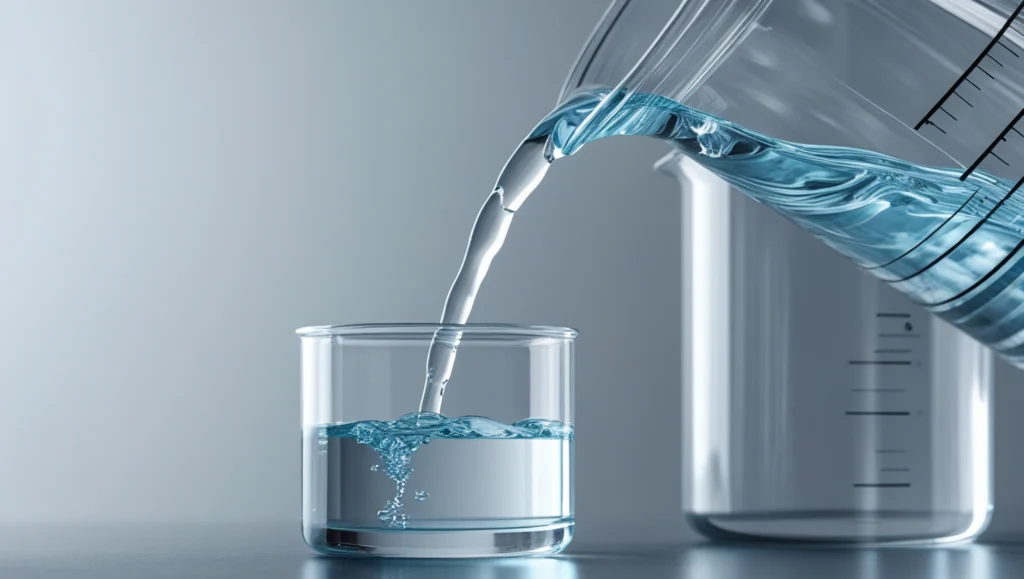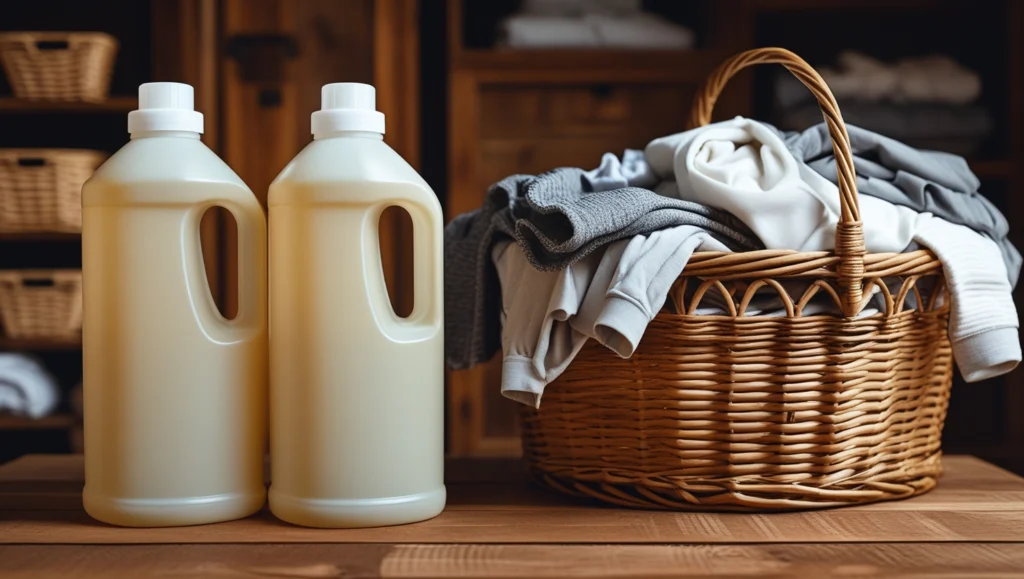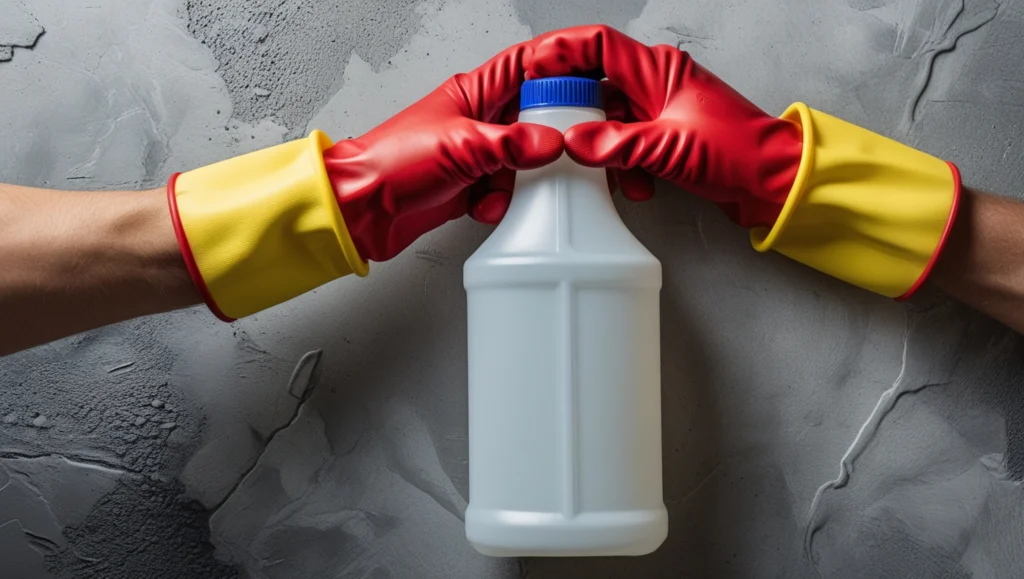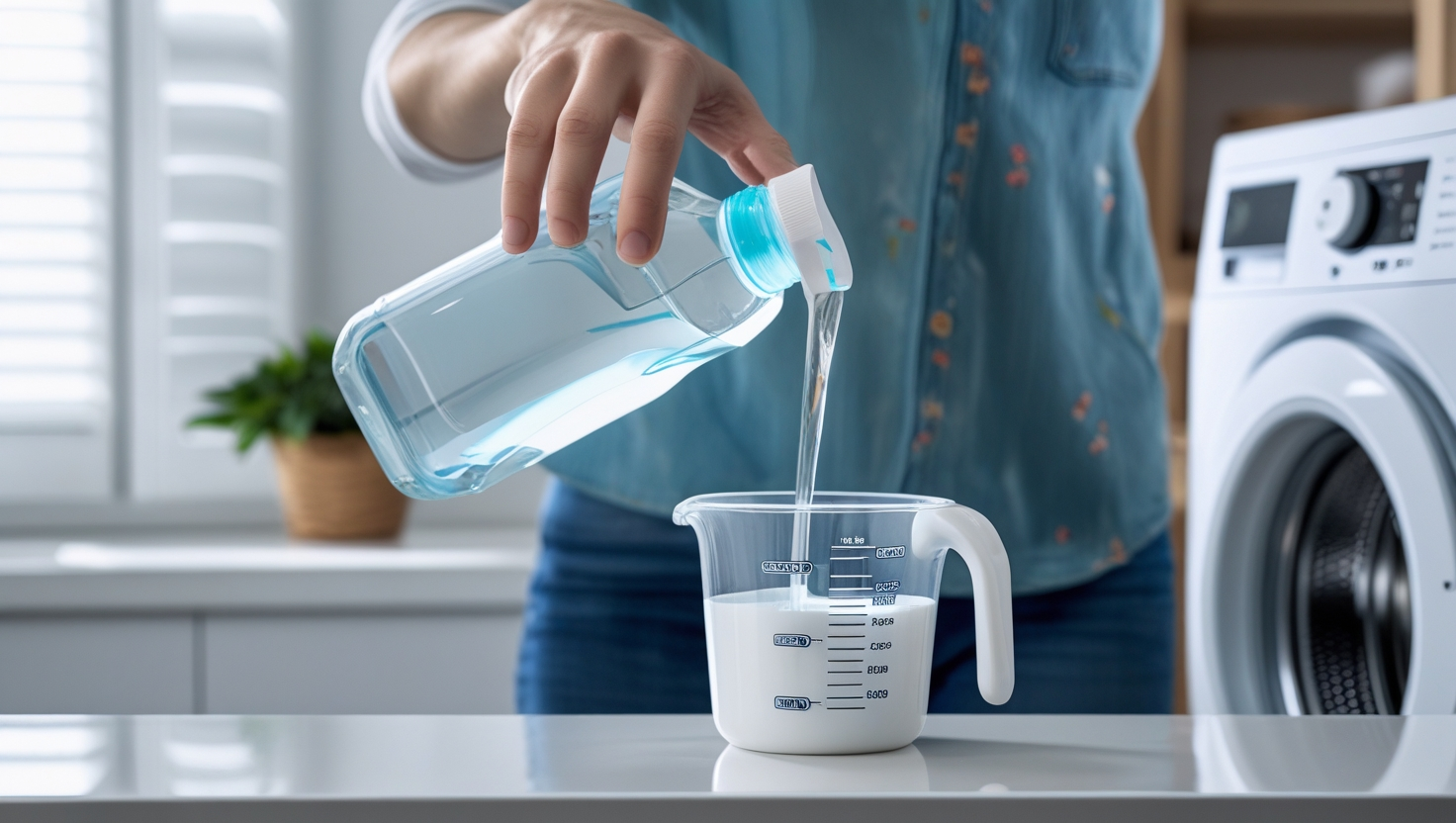What Is Dry Cleaning Solvent and Why It’s Effective?
When we think about cleaning our clothes, we usually picture a washing machine filled with water and soap. But sometimes, especially for delicate fabrics, we need a different approach. This is where dry cleaning comes in, and at the heart of dry cleaning is something called a dry cleaning solvent. But what exactly is dry cleaning solvent, and why is it so good at cleaning Let’s break it down in a simple way.
Dry cleaning solvents come in different colors, smells, and strengths. Some are really great at getting out stains on clothes, while others are used for cleaning things like sofas and carpets.
In this article, we’ll talk about the most common dry cleaning solvents, how they work, and how to use them safely. We’ll also discover what makes these special cleaning liquids so amazing and why they’re the best choice for keeping your clothes looking their best!
What Is Dry Cleaning Solvent and How They Work?

A dry cleaning solvent is a special liquid that helps to clean clothes. Unlike regular laundry soap that needs water to wash away dirt and stains, dry cleaning solvent is a chemical that can dissolve and lift dirt from fabrics.
The most common dry cleaning solvent is called perchloroethylene, or “perc” for short. There are also other types of solvents, like hydrocarbons and Green Dry Cleaning Solvents, that some dry cleaners use.
The most common ones include:
- Perchloroethylene (Perc): This is the most widely used dry cleaning solvent. It’s great at removing stubborn stains, but it’s also important to handle it carefully because it can be harmful if not used properly.
- Hydrocarbon: This solvent is a bit gentler than Perc and is safer for the environment. It’s often used for clothes that need extra care.
- Green Dry Cleaning Solvents: These include biodegradable solvents, which are better for the planet. They are made from natural sources and are becoming more popular as people look for eco-friendly options.
How Does a Dry Cleaning Solvent Work?
The magic of dry cleaning solvents comes from their ability to dissolve dirt and grease. Expert dry cleaners have a special way of cleaning clothes. They use a liquid called dry cleaning solvent.
Here’s how it works, step by step:
Pre-treatment, before the clothes go into the dry cleaning machine, cleaners usually spot-treat any visible stains with a little bit of solvent.
Then, they put the clothes into a big dry cleaning machine filled with the solvent. The machine gently moves around, helping the liquid soak into the fabric. This helps the solvent get into all the tiny fibers of the clothes and lift out dirt and stains.
After that, they rinse the clothes to remove the solvent and any dirt it has collected. This method cleans the fabric really well without hurting it.
Finally, the clothes go through a drying process where any remaining solvent evaporates, leaving the clothes fresh and clean.
The best part about dry cleaning solvent is that it can clean fabrics that you can’t wash with water. It’s great at getting rid of tough stains, which helps keep your clothes looking nice and fresh for a long time!
Learn more about: How Dry Cleaning Better Than Washing?
Why Is Dry Cleaning Solvent Effective?
1. Stain Removal
Dry cleaning solvents are really good at getting rid of tough stains. Since they don’t use water, they can dissolve oils and grease that water often struggles to clean. This is especially helpful for stains from food, makeup, and even some ink.
2. Gentle on Fabrics
Many fabrics, like silk, wool, and some blends, can be sensitive. Water can cause them to shrink or become misshapen. Dry cleaning solvents are gentle, which helps these fabrics maintain their shape and color over time.
3. Quick Drying Time
Because there’s no water involved, clothes dry faster in a dry cleaning machine. This means you can have your favorite outfit back in no time!
4. No Shrinking or Distortion
With traditional washing, clothes can sometimes change size or shape. Dry cleaning allows you to clean garments without worrying about them looking different afterward.
5. Removing Odors
Sometimes our clothes can smell funky, like after a day out or cooking in the kitchen. Dry cleaning solvents can help eliminate these odors better than regular washing, making your clothes smell fresh again.
What Solvents Are Used In Dry Cleaning?

Dry cleaning has five main steps that help take care of your clothes: cleaning, pressing (which is smoothing out wrinkles), inspecting (checking for any issues), repairing (fixing anything that’s broken), and packaging (putting your clothes away nicely).
Before cleaning, a skilled worker will often spot-treat stains, which means they carefully work on the specific areas that are dirty. After that, the different dry cleaning solvent types are super important because it helps clean the clothes effectively.
There are five main types of chemicals used in dry cleaning that people use today. Each dry cleaning fluid helps to clean the fabrics in a special way! Below is the top 5 dry cleaning chemicals list.
1. Petroleum-Based Cleaners (Hydrocarbon Solvents)
The top 1 in the dry cleaning solvent list are the, Petroleum-Based Cleaners called hydrocarbon solvents, that becomes a popular choice for dry cleaners because they are safer for the environment than some other options. They aren’t as harsh on fabrics but still do a great job cleaning them. Hydrocarbons can come from different sources, like regular petroleum or even plants, which helps dry cleaners pick a way to clean that’s better for the planet.
2. Peg (Glycol) Ethers
Glycol ethers are another type of solvent sometimes used by dry cleaners. They are very good at getting out stains and dirt from clothes. However, they aren’t used as much as some other solvents because there are rules about how they can be used to keep everyone safe.
3. Super Solvent (Combination of Solvents)
Some dry cleaners mix different solvents together to make a “super solvent!” By combining different cleaning liquids, they can get even better results for different types of fabrics and tough stains. This way, they can clean a variety of clothes more effectively, without depending too much on just one product.
4. Substitute Solvents
While some traditional solvents work well, they can also be harmful to the environment and our health. So, people are looking at new options to solve these problems while still cleaning clothes effectively. Some examples of these alternative solvents are silicone-based solvents, liquid carbon dioxide (which is a gas turned into a liquid), and hydrofluoroether (HFE). These are safer choices that can still do a great job of cleaning!
5. Perc Solvent (Perchloroethylene)
Perchloroethylene, or “perc” for short, has been a favorite in the dry cleaning world for a long time. Dry cleaners like to use perc because it’s really good at cleaning clothes. It can dissolve oils, dirt, and tough stains, making fabrics look fresh and clean.
However, there are some problems with perc. It can be harmful to the environment and to people’s health, which is why it needs to be handled carefully. Perc is also flammable, meaning it can catch fire easily. Because of these issues, there are strict rules about how to use and dispose of perc, to help protect everyone and the planet.
When and How often Should You Use Dry Cleaning Solvents?
Not all clothes need dry cleaning, but here are some situations when it’s a good idea:
- Delicate Fabrics: Items like silk, wool, or garments with embellishments (like beading or embroidery) should be dry cleaned.
- Stubborn Stains: If your clothes have stubborn stains that regular washing won’t remove, dry cleaning might be the solution.
- Special Occasions: Clothes like wedding dresses or suits often need dry cleaning to maintain their pristine condition.
How Often Should You Use?
How often you need to take your clothes to the dry cleaner depends on a few things, like what type of clothes you have, how often you wear them, and how dirty they get. For special clothes, like fancy suits or dresses that you wear only once in a while, you don’t need to clean them every time. Instead, you can take them in once or twice a year to keep them looking nice and fresh.
For everyday clothes, like your work shirts or favorite casual outfits, it varies more. Some might need to be cleaned after wearing them a few times, while others can wait longer. If you see stains, notice a funny smell, or feel that your clothes are starting to get dirty, that’s a good hint that it’s time for a cleaning. If you ever get a stain from a spill, try to get it cleaned right away; waiting too long can make it harder to remove the stain.
If you’re not sure when to dry clean your clothes, it’s always a good idea to ask a professional dry cleaner for advice. They know a lot about how to clean different fabrics and can help you decide when to bring your clothes in. Plus, they understand how to use the dry cleaning solutions safely!
The Dangers & Safety Precautions When Using Dry Cleaning Solvents At Home

The chemicals used for dry cleaning can be really dangerous because they are toxic and can catch fire easily. It’s always important to know about the risks that come with when we are using these solvents at home.
For instance, some of the traditional cleaning liquids, like perchloroethylene (or “perc”), can cause health problems. If someone is around these dry cleaning chemicals for a long time, it can lead to issues like breathing problems or skin irritation. This is especially a concern for workers at dry cleaning places who handle these solvents all the time.
Another big issue is how these chemicals affect the environment. If they aren’t disposed of properly, they can pollute the soil and water underground. Perc, for instance, can contaminate groundwater, which means it can pollute the water that people and animals might drink. This is why using these cleaning solvents comes with important responsibilities to protect our planet.
Air quality is another concern in dry cleaning shops. If there isn’t enough fresh air flowing in, the fumes from the solvents can build up inside. This can make the air unhealthy for both workers and people who are getting their clothes cleaned. Good ventilation systems helps keep the air safe to breathe.
Lastly, when you get your clothes back from the dry cleaner, it’s good to think about any leftover solvent that might still be on them. Proper drying and airing out of clothes is important to make sure those chemicals don’t stay behind and cause any health issues. So, it’s always a smart idea to make sure your garments are dried well before you wear them!
Safety Precautions
When using a commercial dry cleaning solvents at home, it’s really important to follow the instructions carefully. This helps keep you safe while you clean your clothes. Understanding how to use the kit properly is the first step to doing it right.
Make sure to work in an area with good air flow, like a room with open windows. This helps to keep the air fresh and reduces the fumes from the cleaning solvent. It’s a good idea to wear gloves and eye protection, especially if the instructions suggest it. This way, you can avoid getting the solvent on your skin or in your eyes, which can be irritating.
Always keep your face away from the fumes and try not to breathe them in. If you need to, use a mask to protect yourself. Also, remember that some of the cleaning solvents can catch fire, so don’t smoke or use any open flames, like candles, while you’re cleaning.
Finally, make sure to keep the cleaning kit and its materials out of reach of children and pets, since some of the solvents can be toxic if they drink or touch them. Label your containers so you know what’s inside and how to handle them safely. When you’re done, follow your local rules for throwing away any used cleaning materials and bottles to keep everyone safe!
Final Thoughts
Dry cleaning solvents play an important role in helping to keep our clothes clean and looking their best. The main thing to remember is to be aware of what dry cleaning solvents are and how they help clean clothes. When you understand these things, it helps you take better care of your clothes and stay safe at the same time.
So, the next time you have a tough stain on your favorite shirt or you’re thinking about going to the dry cleaners, make sure to choose a good dry cleaner that cares about safety and the environment.








3 Comments